أنت هنا
THE INNOVATION ENGINE PODCAST: BREAKTHROUGH INSIGHTS FROM ROWAN GIBSON – PART 6

“Welcome to Part 2 of the Innovation Engine podcast with Rowan Gibson, the internationally bestselling author of “The Four Lenses of Innovation” and co-founder of Innovation Excellence.com, the most popular innovation website in the world. I’m Will Sherwin. Welcome back, Rowan.” Thanks, Will.
1. Let’s look at a few examples of companies that have used your innovation lenses and have gone on to great success as a result. The first lens is called Challenged Orthodoxies. Now, Dell may not be as sexy an innovator as Apple, but today they employ more than 100K people worldwide and generate $57 billion in annual revenue. What was the orthodoxy that Michael Dell challenged when he started his company?
Well, there was Michael Dell sitting in his dorm room at the University of Texas asking himself why personal computers had to be so expensive. He looked at the price of the average PC and found that it was five times the price of the parts that went into it. So he wondered if he could start building cheaper computers for his fellow students by buying all those individual components and then assembling the PCs himself. And then he wondered if he could sell computers to people and businesses outside the university. So he was challenging industry orthodoxies, not just in terms of pricing but also in terms of distribution.
"Michael Dell asked himself “Why do computer manufacturers need a network of dealers to sell their products? Why can’t they be sold directly to consumers over the phone?”
Again, this entailed a price benefit because of course it meant he could cut out the dealer’s overheads and margin. And then he challenged a few more orthodoxies, like “Why can’t computers be built to order, so that consumers can have the product configured to their own specifications? And why do computer companies manage their own inventory when their suppliers could do it for them?”
"When we unpack this case we can begin to see the thinking processes that led Michael Dell to his big idea."
It was by asking these contrarian questions that he was able to spot an opportunity the computer industry had missed. That’s a good example of the first lens of innovation – challenging orthodoxies.
2. What about Rolls Royce? Clearly they are known primarily as a maker of high end automobiles, but they also have a jet engine business. Can you talk about the new service line they introduced and how it was a result of challenging orthodoxies?
This was back in the mid-1990s. Rolls-Royce used to think that their aerospace business was basically all about designing and selling engines for airplanes. They never really gave much consideration to service and maintenance. These were just after-sales issues, so essentially an afterthought. But then they sat down and began to question that business model.
And the idea was “What if offer long-term service contracts for our jet engine customers, covering engine health monitoring and maintenance etc.?” Today, this business accounts for around 55 percent of the company’s revenues, so it’s more valuable than the sale of new engines.
"Rolls Royce is another example that illustrates what can happen when you start challenging your traditional assumptions."
In the next part we will get to know more about the concept of seeing the future in the present.




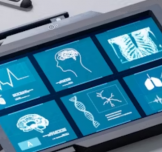

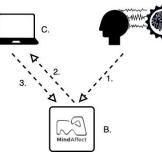














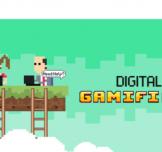


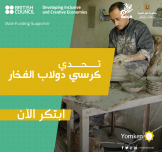







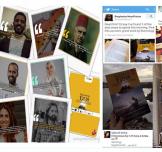









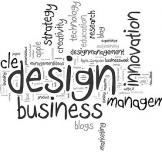

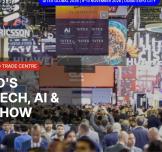
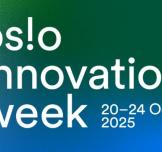


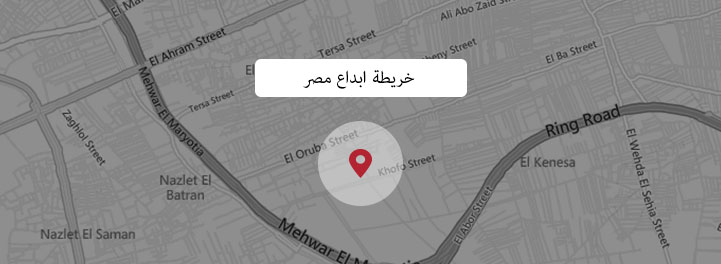
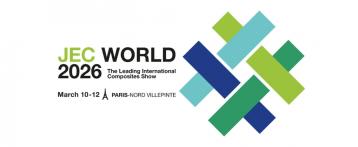
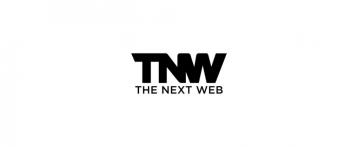
















موقع إبداع مصر غير مسؤول عن مضمون التعليقات